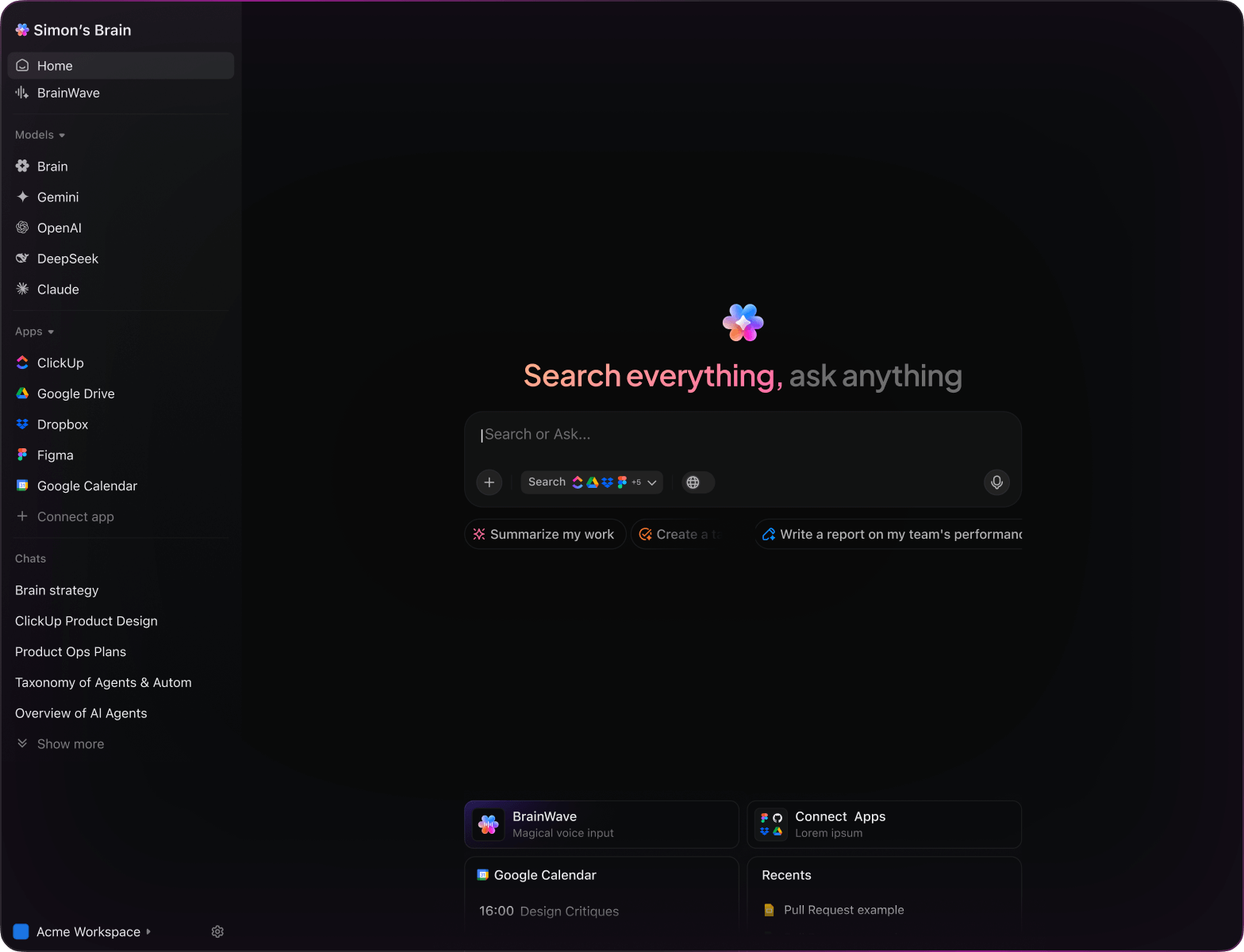AI Horror Story Crafting
Top AI Prompts for Horror Storytelling
Unleash chilling narratives, organize your creative process, and elevate your horror tales with ClickUp AI.
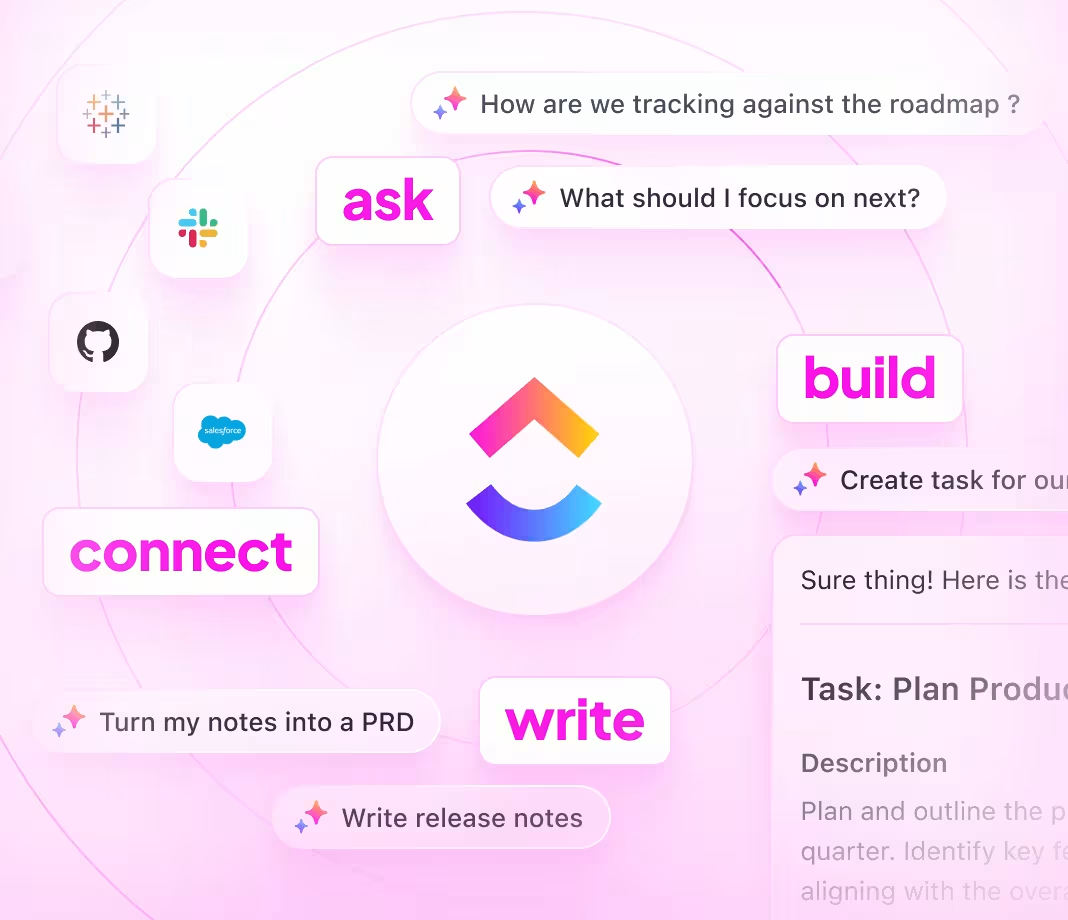
Trusted by the world’s leading businesses
AI in Horror Storytelling
Harness AI Prompts to Elevate Horror Story Creation
Crafting chilling tales isn't just about the scares—it's about weaving suspense through every plot twist and character arc.
From brainstorming eerie settings to developing spine-tingling characters and pacing the narrative, horror writing demands juggling countless ideas, drafts, and deadlines. AI prompts are now a vital tool in this creative process.
Writers and teams leverage AI to:
- Quickly uncover genre tropes and fresh horror concepts
- Generate plot outlines, character backstories, and dialogue snippets with ease
- Distill complex themes and motifs into clear story beats
- Transform scattered notes into structured drafts, scene lists, or writing goals
Embedded within familiar tools—like documents, brainstorming boards, and project trackers—AI in ClickUp Brain acts as a silent partner, turning your dark inspirations into organized, manageable storytelling steps.
ClickUp Brain vs Conventional AI
Why ClickUp Brain Excels for Horror Writers
ClickUp Brain integrates seamlessly with your projects, so you focus on crafting chilling tales instead of repeating yourself.
Standard AI Assistants
- Constantly switching apps to find story details
- Repeating plot points with every prompt
- Receiving generic, uninspired suggestions
- Hunting through multiple platforms for notes
- Interacting with AI that lacks story awareness
- Manually toggling between different AI engines
- Limited to browser add-ons without deep integration
ClickUp Brain
- Instantly accesses your storyboards, character bios, and notes
- Keeps track of your narrative arcs and writing goals
- Delivers tailored, plot-driven ideas
- Searches all your creative assets in one place
- Supports voice commands for hands-free brainstorming
- Automatically selects the optimal AI model for your needs
- Available as a fast, native app on Mac & Windows
Creative Writing Prompts
15 AI Prompts to Craft Chilling Horror Stories
Ignite your horror storytelling—plot twists, characters, and eerie settings made simple.

List 5 eerie settings for a haunted forest scene, inspired by the ‘Dark Woods 2025’ manuscript.
ClickUp Brain Behavior: Analyzes linked story notes and themes to propose atmospheric scene concepts.

What supernatural elements are popular in indie horror stories under 10K words in North America?
ClickUp Brain Behavior: Gathers insights from internal genre studies; Brain Max can supplement with public trend data if accessible.

Draft a concise plot outline for a psychological horror tale focused on isolation, referencing ‘Mind’s Edge’ draft notes.
ClickUp Brain Behavior: Extracts key narrative points and themes from linked documents to create a structured brief.

Summarize suspense-building methods used in ‘The Silent Night’ vs ‘Whispering Shadows’ manuscripts.
ClickUp Brain Behavior: Compares narrative techniques from internal story drafts and summarizes differences.

List common materials used for crafting realistic horror props, referencing prop design notes and supplier info.
ClickUp Brain Behavior: Reviews internal documents to identify popular materials and their effectiveness in horror settings.

From the ‘Fear Factor Validation’ doc, generate a checklist for testing story impact on readers.
ClickUp Brain Behavior: Extracts evaluation criteria and formats them into a clear testing checklist within a task or document.

Summarize 3 innovative uses of gesture-triggered scares in interactive horror games from recent research.
ClickUp Brain Behavior: Identifies patterns and recurring ideas from linked game design documents and studies.

From the ‘Horror Fans Survey Q1’ doc, summarize key preferences for horror story elements and pacing.
ClickUp Brain Behavior: Analyzes survey data to highlight common themes and favored storytelling techniques.

Write witty and concise UI text for a horror-themed game menu, using tone guidelines from ‘SpookTone.pdf’.
ClickUp Brain Behavior: Draws style cues from the tone guide and suggests engaging copy variations.

Summarize key changes in content rating standards for horror media in 2025 and their impact on story elements.
ClickUp Brain Behavior: Reviews internal compliance documents and highlights relevant updates; Brain Max can add public info if available.

Generate placement and timing recommendations for jump scares, referencing user feedback and design docs.
ClickUp Brain Behavior: Extracts best practices and timing rules from internal notes to create a guideline checklist.

Create a safety protocol checklist for immersive horror attractions using industry standards and internal docs.
ClickUp Brain Behavior: Identifies safety requirements and organizes them into actionable tasks grouped by risk level.

Compare eco-friendly materials used in horror prop making across different studios using supplier and design docs.
ClickUp Brain Behavior: Summarizes comparisons into a clear, concise format highlighting sustainable options.

What narrative trends are rising in horror fiction since 2023?
ClickUp Brain Behavior: Synthesizes data from internal research, story summaries, and recent publications.

Summarize common usability issues reported in interactive horror games from Southeast Asia user feedback.
ClickUp Brain Behavior: Extracts and prioritizes player-reported problems from surveys, notes, and support tickets.
Craft Chilling Tales Quicker with ClickUp Brain
Cut down rewrites, unify your horror writing team, and create gripping stories using AI-driven workflows.





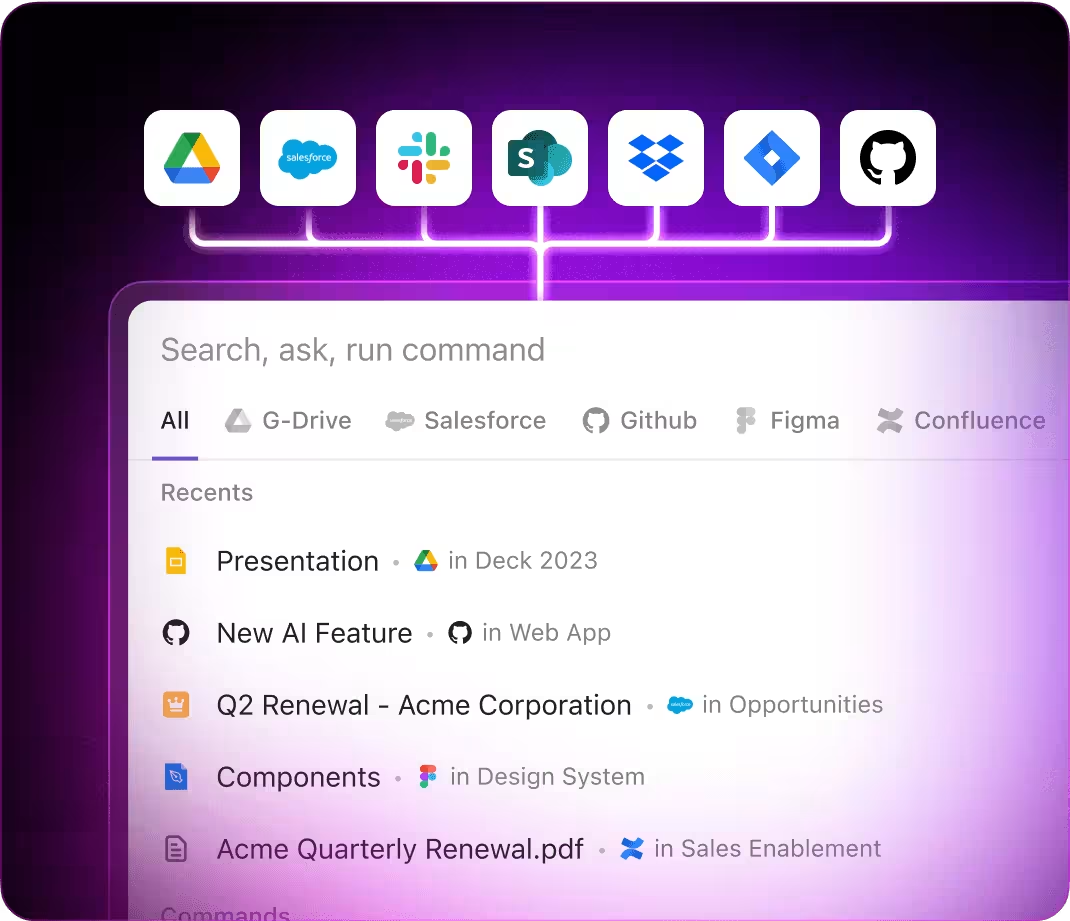
Crafting Horror Tales with ClickUp Brain: AI Prompt Guide
Discover how AI tools like ChatGPT, Gemini, Perplexity, and ClickUp Brain inspire horror story creation
ChatGPT Horror Story Prompts
- Outline a chilling haunted house story highlighting psychological suspense elements.
- Compose a gripping synopsis for a vampire tale set in a modern city.
- Generate 3 eerie character backstories for a ghost hunting team.
- Draft a scene-by-scene plot outline for a werewolf transformation narrative.
- Compare last 3 horror short stories and summarize key themes for your next script.
Gemini Horror Story Prompts
- Create 3 alternative creepy settings for a supernatural thriller based on classic horror motifs.
- List innovative monster concepts focusing on unique abilities and weaknesses.
- Develop a mood board description for a gothic horror atmosphere emphasizing visuals and tone.
- Suggest suspense-building techniques for a psychological horror novel and rank their impact.
- Build a comparison chart of horror subgenres highlighting audience appeal and storytelling style.
Perplexity Horror Story Prompts
- List 5 traditional horror tropes and evaluate their effectiveness in modern storytelling.
- Provide a comparison of narrative perspectives in horror fiction, emphasizing reader immersion.
- Summarize global trends in horror media and their influence on story themes.
- Generate a list of 5 innovative plot twists for slasher stories and rank by surprise factor.
- Analyze past horror bestsellers and summarize top 3 elements that captivated readers.
ClickUp Brain Horror Story Prompts
- Transform this brainstorming session into a prioritized list of horror story elements with deadlines.
- Summarize writer's group feedback and create follow-up tasks assigning roles and timelines.
- Analyze annotated story drafts and generate a checklist of plot holes needing revision.
- Compile a task list from team discussion on character development, including urgency levels.
- Summarize beta reader comments for suspense pacing and generate actionable editing tasks in ClickUp.
How ClickUp Supports You
Transform Raw Thoughts Into Polished Plots
- Convert scattered notes into detailed story outlines quickly.
- Generate new horror themes inspired by previous narratives.
- Build templates that accelerate your writing process.
Brain Max Boost: Effortlessly explore past story drafts, critiques, and mood boards to fuel your next chilling tale.
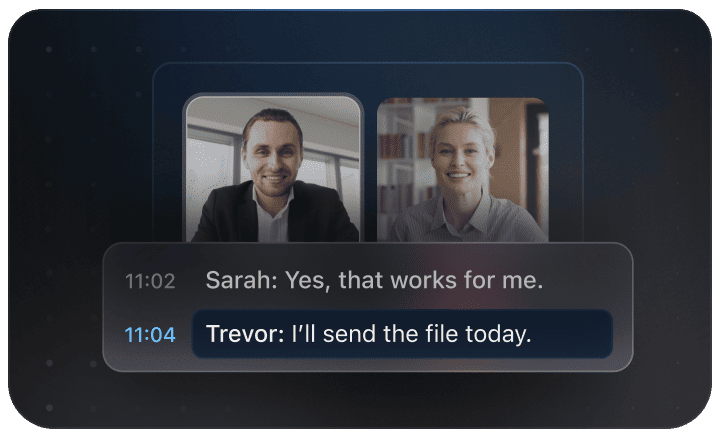
Why Choose ClickUp
Accelerate Your Horror Story Creation
- Break down eerie brainstorming into concrete story beats.
- Transform chilling ideas into assignable writing tasks.
- Automatically compile plot outlines and character summaries without extra effort.
Brain Max Boost: Instantly recall previous story arcs, character traits, or thematic elements across your projects.
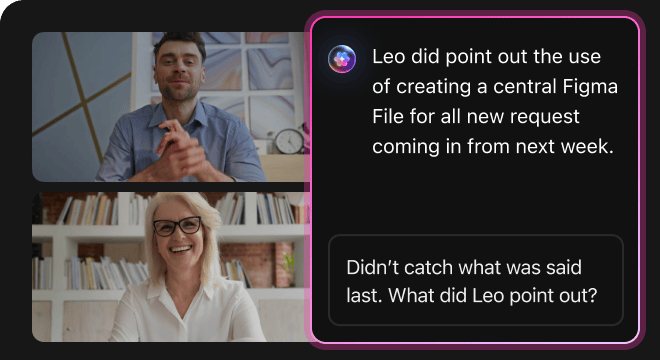
AI Advantages
How AI Prompts Elevate Every Phase of Horror Story Creation
AI prompts ignite creativity and open doors to chilling, unforgettable tales.
Craft Spine-Tingling Concepts Quickly
Writers explore eerie ideas swiftly, refine storytelling choices, and overcome creative blocks.
Enhance Storytelling with Sharp Choices
Make informed plot decisions, reduce narrative risks, and captivate readers with suspense and depth.
Spot Plot Holes Early
Avoid expensive rewrites, improve story coherence, and accelerate your writing timeline.
Align Your Team’s Vision
Fosters seamless collaboration, clears up misunderstandings, and speeds consensus among writers, editors, and designers.
Explore New Horror Frontiers
Inspire daring themes, develop innovative scares, and keep your stories fresh and gripping.
Smooth Integration Within ClickUp
Transforms AI-generated ideas into actionable tasks that push your horror projects forward.
Ignite Your Horror Writing Journey
Cut down on writer's block, coordinate your story elements effortlessly, and craft chilling tales with AI-powered support.





